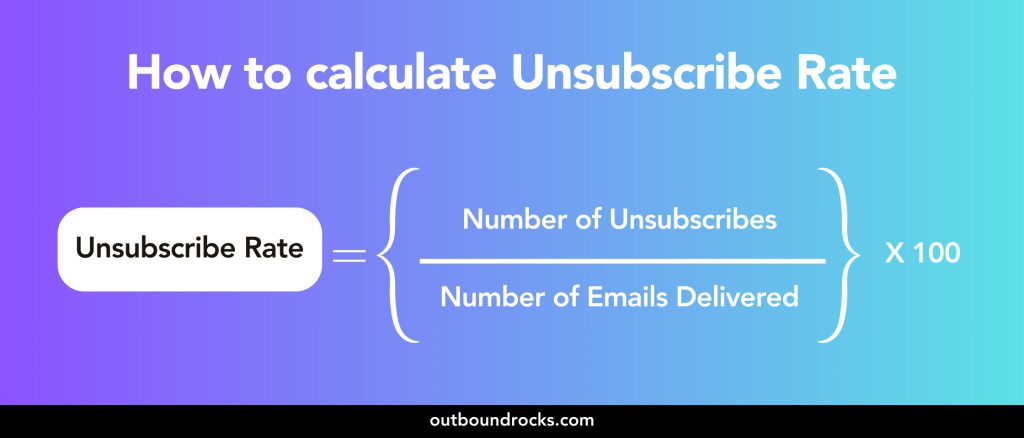Imagine reaching hundreds of potential customers with a single message, all tailored to their specific needs. That’s the magic of cold email outreach.
But unlike the outdated phone call approach, cold email allows you to craft a targeted message that cuts through the noise and creates real connections.
In this article, we’ll share 5 actionable tips for boosting engagement, including strategies like batching outreach, streamlining your offer and using warm-up tools.
Read on to be on your way to creating cold emails that convert into valuable leads and business growth.
TABLE OF CONTENTS
– What is cold email outreach?
– Benchmarks that matter
– 5 tips to transform your Cold Email Outreach
What is cold email outreach?
Cold email outreach is the strategic act of contacting potential customers or employees via email when they haven’t had any previous interaction with you or your business.
It’s essentially a targeted introduction designed to generate interest, build a connection and ultimately convert them into leads or partners. When done effectively, cold email outreach can be a powerful tool for generating new business opportunities and expanding your network.
Cold email outreach: Benchmarks that matter
While there are various metrics to track in a cold email outreach campaign, focusing on a few key benchmarks can tell you a lot about the effectiveness of your approach.
Here’s a breakdown of the most important ones:
Open rate: > 38%
According to a Hubspot report, the average open rate across all industries is 38.49%, but from our experience we can confirm that it depends on the industry.
- A high open rate indicates that your domain has a good reputation and that your emails are getting through to inboxes.
- If your open rate falls below 38%, it’s a red flag. Consider pausing your outreach and running domain tests to ensure deliverability.
Response rate: 10% (may vary by audience)
- A response rate above 10% indicates that your emails are resonating with recipients and encouraging them to take action. The source acknowledges that this benchmark may need to be adjusted depending on the specific audience you’re targeting.
- A response rate below the target suggests potential issues with your email content or offer. Analyse responses and refine your message to improve engagement.
Bounce rate: < 3%
- A low bounce rate indicates that you’ve properly validated your email list and minimised undeliverable messages.
- A high bounce rate indicates problems with your email list. Double check your data and remove invalid addresses before sending future campaigns.
Unsubscribe rate: < 5%
- A low unsubscribe rate indicates that your audience is generally receptive to cold outreach, but the specific offer may not be relevant.
- If the unsubscribe rate rises above 5%, re-evaluate your targeting strategy and the value proposition you’re presenting.

5 tips to transform your Cold Email Outreach
Here are 5 tips to help you transform your cold email outreach and get the results you want:
1. Small batches
Ditch the mass blasts! Start with small batches (around 100 contacts) to test different messaging approaches. Analyse open rates and response rates.
If you don’t see positive responses after sending the first batch (even with a good open rate), it’s time to refine your message before scaling up. Once you find a message that resonates, gradually increase the batch size for larger campaigns.
2. Value, not volume
Don’t overwhelm them with complex offers. Aim for a maximum of 3 steps in your first email. The aim is to clearly communicate the value proposition and encourage a response.
If your open rate is good but your response rate is low, it’s probably a problem with the message itself, not a lack of follow-up emails.
3. Forget templates
Avoid generic templates that feel impersonal. Create unique emails for each campaign, highlighting specific pain points and how your solution can address them.
Use personalisation tools such as Outbound Rocks to insert dynamic content and tailor your message to individual recipients.Templates can be helpful for inspiration, but rely on your own skills and knowledge to create compelling and authentic emails.
4. Test different entry points
Don’t take a one-size-fits-all approach. Within your target audience, explore different entry points to see what resonates best. If you have well-defined buyer personas, tailor your value proposition to the specific role you’re targeting.
Avoid sending the same email to multiple people in the same organisation. This looks spammy and reduces your chances of getting a response.
5. Warm up your domain
Consider using a warming tool such to gradually increase your email sending volume and improve your domain reputation. This will help ensure that your emails reach inboxes and avoid spam filters.
Be careful when choosing a warmup tool: some may negatively impact your spam rates.
Ready to take your outbound campaigns to the next level? Try our free demo today and discover how Outbound Rocks can help you optimize your sales funnel and connect with your ideal prospects.
